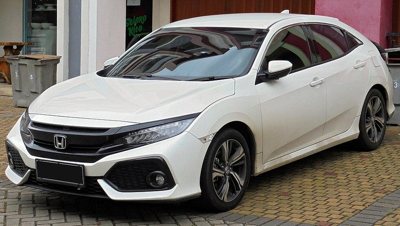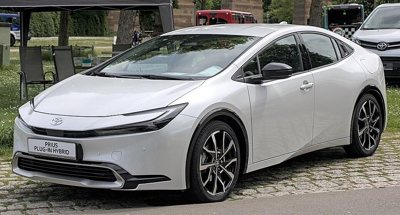Opting for a small car for daily use, even in a family setting, is a smart choice for many reasons. Financially, it's the perfect vehicle for those who want to stay on the budget. Feature-wise many modern vehicles, even the smallest ones provide comfort, safety and even entertainment thanks to the steady improvement in cars. This is the reason why smaller vehicles have enjoyed a steady increase in sales since late last year, according to the Wall Street Journal. First time buyers, single and small families are choosing compact, subcompact and small sedans as their preferred vehicle especially in urban areas.
Facing the Challenge of Space
 One of the biggest reasons why a would-be car buyer would opt for a bigger vehicle is space. From leg room to extra space for storage, a car buyer would often think of the number of passengers plus the extra storage space before making a decision. There's also the idea of buying a larger vehicle in case something big needs to be transported once in a while.
One of the biggest reasons why a would-be car buyer would opt for a bigger vehicle is space. From leg room to extra space for storage, a car buyer would often think of the number of passengers plus the extra storage space before making a decision. There's also the idea of buying a larger vehicle in case something big needs to be transported once in a while.
Car manufacturers have factored in this challenge and have made innovations on their own to increase the interior space of smaller cars. Over the years, smaller cars have evolved into becoming relatively larger. For example, today's Honda Civic Hatchback is 16 inches long and 7 inches wider than its 1973 introductory model.
Engineering Designs to Improve Space
Aside from making smaller cars relatively bigger, car manufacturers have also employed smart engineering in order to give smaller cars a boost when it comes to passenger and storage space. One of those innovations is the "cab-forward design" which increases leg-room and overall space by pushing the dashboard forward while reducing the hood. It's also a practical solution since the vehicle engine of this type of vehicle is relatively smaller. Aerodynamics could be sacrificed as well but many small vehicle owners don't buy these vehicles for racing or speed.
Inside, additional storage space through design has also been implemented such as developing storage space under the seats particularly on the second row of the vehicle. Folding seats and seats that can slide forward and backward are also a space saving idea.
EVs & Space Innovations for Small Vehicles
 Electric Vehicles are well known for being earth friendly, quiet and with modern comfort for daily drivers even on their smaller vehicle versions. But aside from these popular advantages, EVs have a profound effect on small vehicles due to the innovations it brings to space.
Electric Vehicles are well known for being earth friendly, quiet and with modern comfort for daily drivers even on their smaller vehicle versions. But aside from these popular advantages, EVs have a profound effect on small vehicles due to the innovations it brings to space.
Electric vehicles have taken full advantage of dashboards in order to increase space inside the vehicle. Since the need for a gear shift is practically gone, control can be transferred to the steering wheel through buttons or touch screen controls on the dashboard. Toyota Prius is a perfect example of this space saving innovation.
The flexible storage of batteries also helps designers get clever on how they could optimize storage space. Battery packs stored below the vehicles' floor allow for more space since the battery doesn't have to be crammed in front or at the back. Transmission tunnel - the raised area inside the vehicle is no longer needed in most EVs creating a roomier feel inside.
The Future of Space in Smaller Vehicles
Thanks to the increasing demands for smaller vehicles, manufacturers have looked into improving space to make their vehicle more appealing to buyers. Thinner seats that offer the same comfort, sun roofs and larger than normal windows as well as digital screens on the dashboard are only some of the additional innovations that ensure a small vehicle will still offer a roomier feel on the road.
